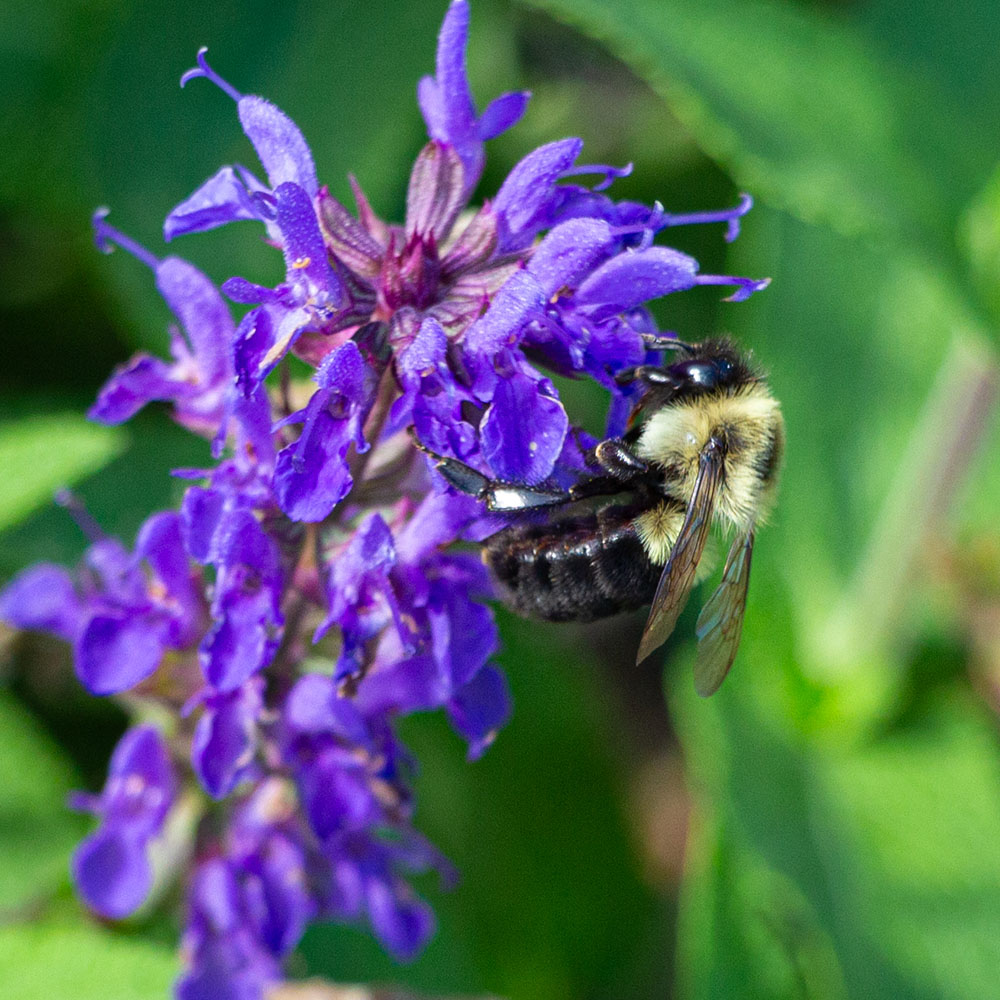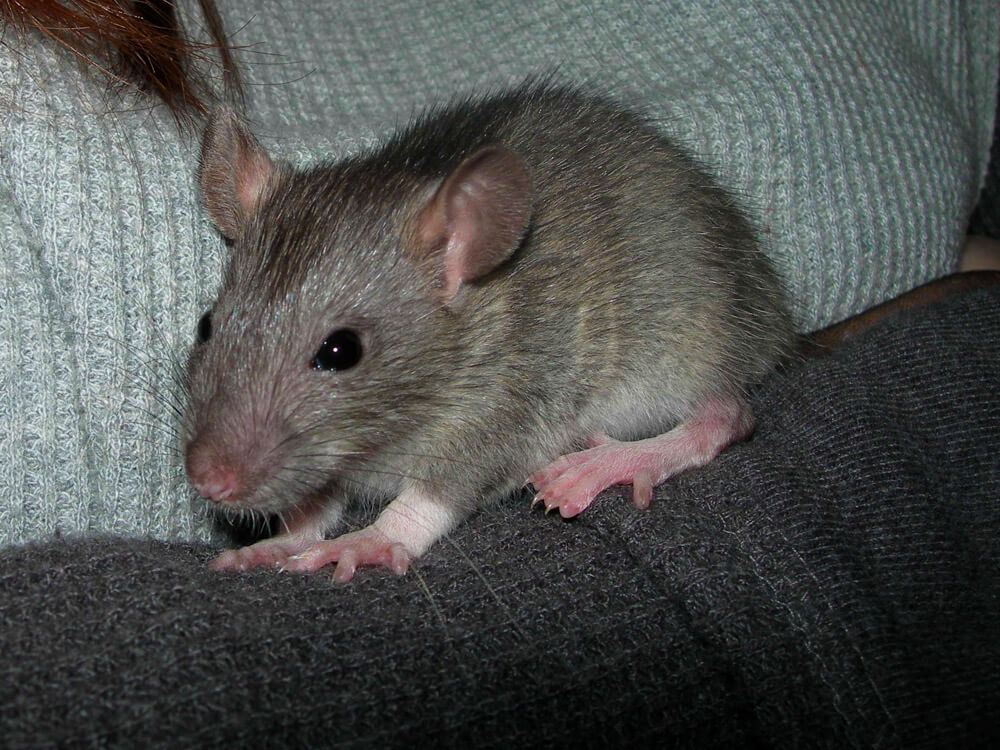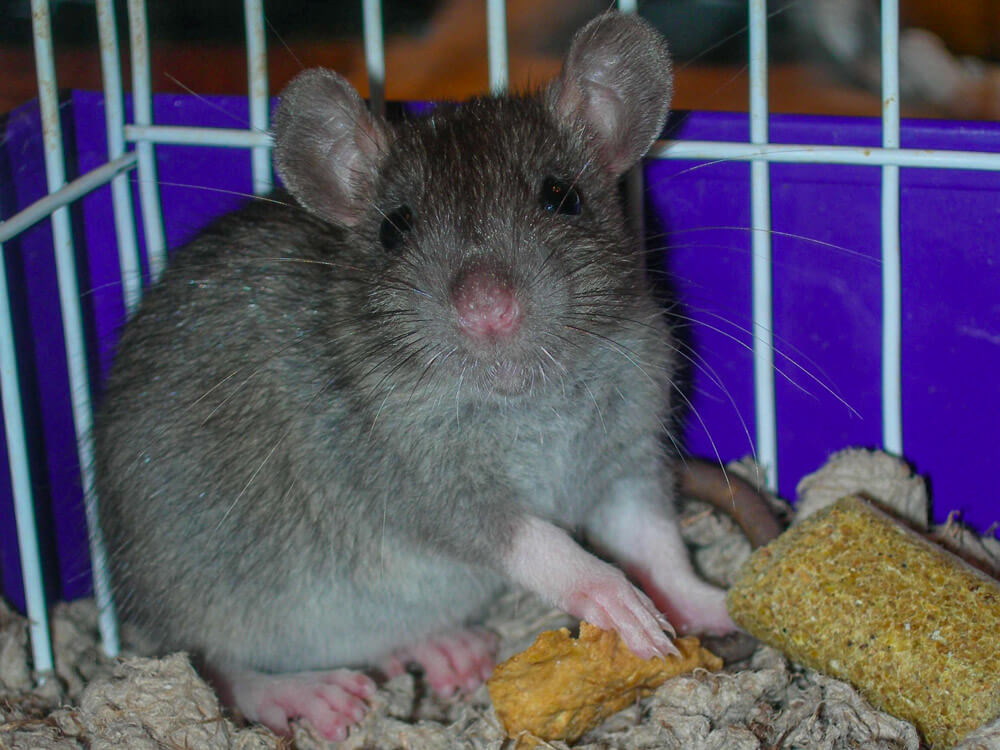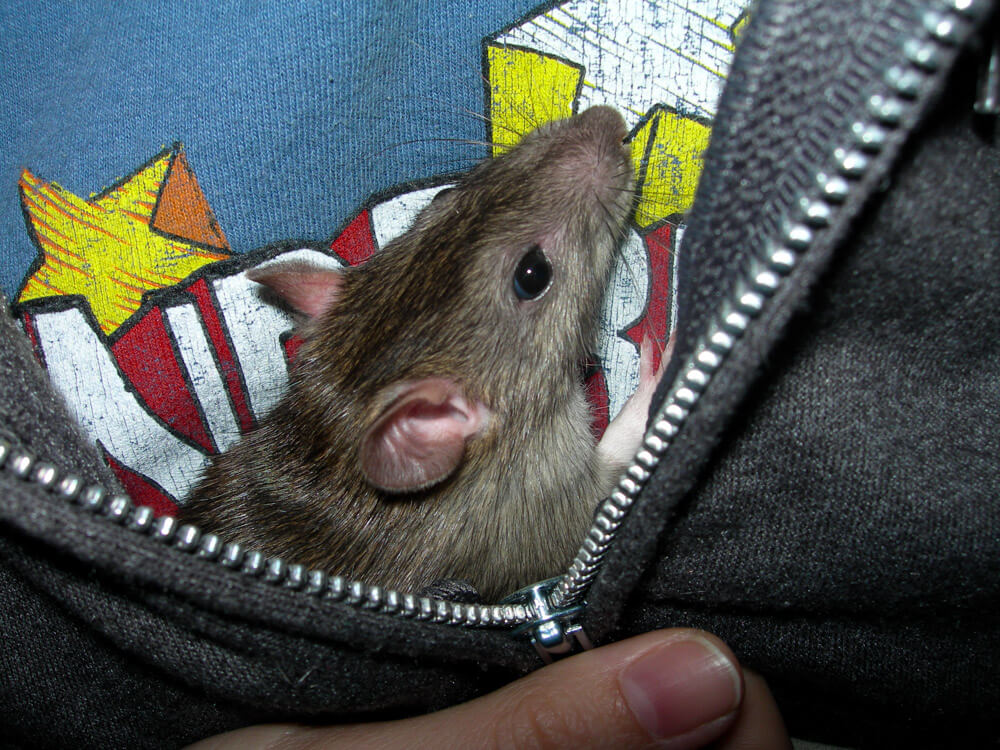Bloom the Garden of Life

Photos: (Left) A volunteer moss rose bloom, Portulaca grandiflora, in a sidewalk crack. (Right) The same plant a few weeks later, after being carefully removed from the sidewalk crack and transplanted to a landscaping bed.
The Moss Roses
“Do you have any moss roses?”
I hear the voice of an old woman ask from across the garden centre.
“I’m sorry, we’re sold out,” comes the answer. I cannot see the speakers, but their disappointment drifts like a fog over the swaths of petunias and marigolds. The young man in the muddy apron is sweetly apologetic.
“We get one shipment early in the season,” he says. “And they always sell out immediately.” Moans of resignation issue forth from the pair in response.
“We always miss out on the moss roses,” the old women lament to each other, though with no bitterness. They reluctantly examine what is available.
“If only,” I think, “my troubles were so few that I mourned missed flowers.”
Three months later, I come home from shopping. A neighbour, smoking a cigarette on the stoop of my building, points out a delicate white bloom he has noticed in the sidewalk. I squat and look at it closely. “It’s lovely,” he says. I do not recognize the flower. I take a photo and upload it to a plant identification website. Portulaca grandiflora. The moss rose; double-white, specifically.
I hear the regrets of the old women in my mind. This is a gift.
Weeds Are in the Eye of the Beholder
The next day, a different neighbour watches me from his seat on the concrete steps leading to our front door. I look up at him. “This is a volunteer moss rose,” I explain — as if that explains anything at all. He appears confused.
“Oh,” he replies. “I thought you might be growing weeds in your apartment.”
“The old ladies love them,” I continue. He is not listening as I gently wiggle the plant’s root ball from the sandy soil in the sidewalk crack. Afterward, I transplant it into a sunny warm spot in the landscaping bed. Over the following weeks, it rewards my kindness by growing larger and blooming profusely.
No, I am growing weeds outside my apartment.
Growing a Garden
My bookshelf is residence to at least a dozen books on plants and gardening. Several I have had for as long as twenty years. This spring became the year I spontaneously put, “I want to grow a garden someday,” into action.
Starting with a few packets of sunflower seeds and inexpensive trays of annuals, I have gradually overtaken much of the neglected landscaping bed in front of my apartment building. Our beautiful mature trees were destroyed by damage and disease, leaving sun-scorched dirt and thirsty, struggling replacements.

Hauling a 2-gallon watering can back and forth from my apartment like a Medieval peasant, I nurtured an array of colourful, pollinator-friendly flowers. My first round of sunflower seedlings fell to cold and wind, accidental weeding, and rabbits. But a second round of sunflowers, started outdoors in late June, are thriving. The largest of them towers overhead; it is at least 7′ tall.
They should bloom in time for the anniversary of my move to Minnesota.

Nearly all of my neighbours have thanked me for my work at some point in passing. Coming and going, they often find me poking around with my trowel, “Diggie Smalls,” battling the prolific heartleaf four o’clock, or watering in the evenings. Their gratitude and praise are not my motivation, but it is rewarding that something I began doing for my own benefit has radiated outward and improved the quality of life for the people around me as well.
It seems counter-intuitive, but it is often by helping ourselves that we help others the most. Tending to our own garden creates the conditions for love to bloom.
Watching the bumblebees never fails to make me smile.
The Perennial
I find gardening to be an appropriate metaphor for life, generally.
It is seldom glamourous, often repetitive, improved by deliberateness and resilience, and even then does not always produce the results we expect. But even misfortune may not be what it initially seems. The unsightly caterpillar devouring one’s vines will grow into a life-supporting pollinator if given the chance. Waste eventually becomes compost. Death fosters new life.
I admire the practice of tending a few sacrificial plants for “pest” creatures. Balance is not only possible, it is mandatory for living things in an interdependent world to thrive. Humanity is so detached from the natural environment and ever-dwindling wilderness, we have forgotten this. Our ignorance is suicidal.
While there are many variables beyond our control, our gardens are largely a product of what we choose to tend — both as individuals, and collectively. When we are gone, it is the love we shared and the relationships we cultivated that sow seeds for the next generations. Too many have forgotten how to be human.
Perhaps the story of an autist “learning to be human” can help others gain the insight to make that journey as well. I do not know. One can only hope.

I have lived through many droughts and harsh winters. But, like the hardiest of perennials, when the season is right I will always grow back stronger.
Can comic books help save our world? Maybe! It is worth a shot.
Bloom
The release of my new autobiographical project has been delayed due to my work for the Minnesota Comic Book Association (MNCBA), but this is not a complaint.
As of 22 June, I have completed 117 comic drafts, and the first volume is completely scripted. You can read the draft version now by subscribing to my Patreon and viewing the “comics” tag. I also detailed my fifteen-year book release schedule in a post for my subscribers. So in the grand scheme of things, a delay of a few months is not substantial. Things will happen in due time.
It is incredibly exciting to be rebuilding my own brand simultaneously with the MNCBA. I hope that the resurgence of my own comics industry career can benefit the organization as well, like my flower garden for my neighbours.
The world needs cooperation, community, and creativity now more than ever.
Dams and flood-walls must be built against the rising tides of cruelty.














